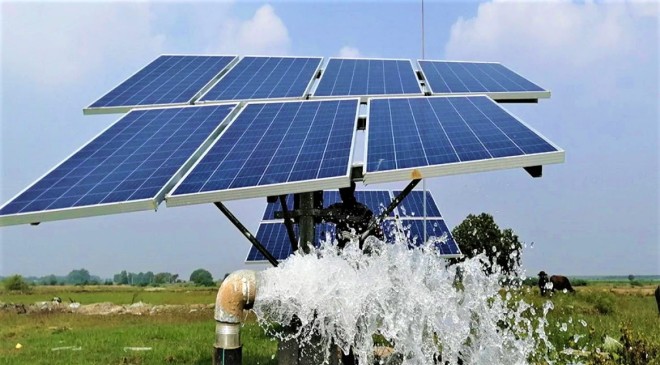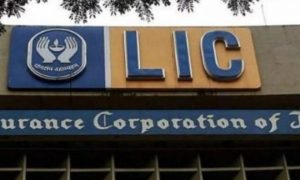The main objectives of the PM KUSUM Scheme include to de-dieselize the farm sector, to provide energy and water security to farmers and enhance their income, and reduce environmental pollution.
New Delhi: The Pradhan Mantri Kisan Urja Suraksha evam Utthaan Mahabhiyan (PM-KUSUM) Scheme was launched in March 2019 (scaled up last in September 2023) to provide affordable and accessible power to the farmers throughout the country.
Read More: Want To Sell Insurance? Know How To Become A LIC Agent
Here Are 10 Things About PM-KUSUM Scheme And How It Is Empowering Indian Farmers
1. The main objectives of the PM KUSUM Scheme include to de-dieselize the farm sector, to provide energy and water security to farmers and enhance their income, and reduce environmental pollution.
2. The PM-KUSUM Scheme scheme has the following Components:
(i) Component ‘A’: Setting up of 10,000 MW of Decentralized Ground/ Stilt Mounted Grid Connected Solar or other Renewable Energy based Power Plants by the farmers on their land;
(ii) Component ‘B’: Installation of 14 lakh standalone off-grid solar water pumps; and
(iii) Component ‘C’: Solarization of 35 lakh existing grid-connected agriculture pumps and through feeder level solarization (FLS).
Read More: TCS iON Offers Free 15-Day Digital Certification Program for Youth, Apply Now
3. The beneficiaries under Component-B and Component-C could be individual farmer, Water User Associations, Primary Agriculture Credit Societies and Communities/Cluster Based Irrigation Systems.
4. Financial Assistance Is available under the PM-KUSUM Scheme scheme
5. Procurement Based Incentive (PBI) to the DISCOMs @ 40 paise/kWh or Rs.6.60 lakhs/MW/year, whichever is lower, for buying solar/ other renewable power under this scheme.
6. The PBI is given to the DISCOMs for a period of five years from the Commercial Operation Date of the plant. Therefore, the total PBI payable to DISCOMs is Rs. 33 Lakh per MW.
7. For Component-B and individual pump solarisation under Component-C: CFA of 30% of the benchmark cost issued by MNRE or the prices of the systems discovered in the tender, whichever is lower is provided. However, in North Eastern States including Sikkim, Jammu & Kashmir, Ladakh, Himachal Pradesh and Uttarakhand, Lakshadweep and A&N Islands, CFA of 50% of the benchmark cost issued by MNRE or the prices of the systems discovered in the tender, whichever is lower, is provided.
Read More: Do Know Why Rent Agreements Have A Duration Of 11 Months?
8. In addition, the respective state/UT has to provide at least 30% financial support. Balance cost is to be contributed by beneficiary. Component B and Component C (IPS) of PM KUSUM scheme can also be implemented without State share of 30%. The Central Financial Assistance will continue to remain 30% and rest 70% will be borne by the farmer.
9. For agriculture feeder solarization, CFA of Rs 1.05 Crore per MW is provided. There is no mandatory requirement of financial support from participating State/UT. The feeder solarisation can be implemented in CAPEX or RESCO mode.
10. As of 8 February 2024, more than 2.95 lakh standalone off-grid solar water pumps were installed under PM-KUSUM Scheme, Union Power and New & Renewable Energy Minister had informed in a written reply to a question, in Lok Sabha



































